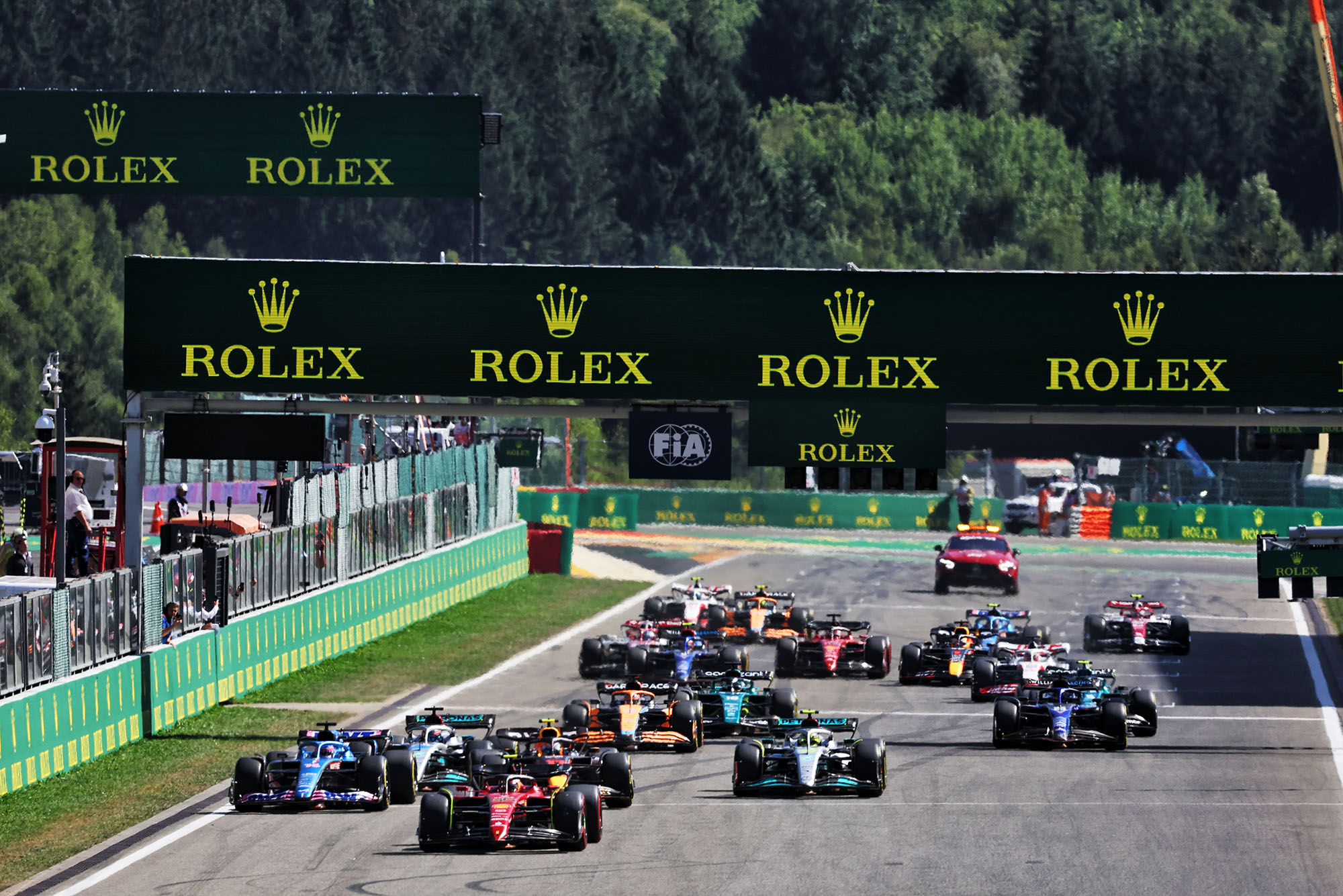Up Next

A step-by-step explanation of how grid penalties should be applied for Formula 1 grands prix, using a “nominally empty grid”, has been enshrined in the regulations effective immediately.
This season there have been two high-profile examples of races where multiple drivers took penalties that required them to start at the back of the grid: the Belgian and Italian Grands Prix.
Confusion over exactly how penalties are applied in such scenarios often left teams and drivers unsure of where they would start and it tended to take hours for the grid to be worked out and communicated.
The FIA has moved to clarify this process by significantly amending the sporting regulations, which have been ratified ahead of this weekend’s United States Grand Prix.
Though the method outlined by the FIA is convoluted, it is now a system that can be easily followed and should cater for all scenarios, which means there should no longer be confusion when multiple back-of-the-grid penalties are in play.
The FIA says that the process starts from what it calls a “nominally empty grid”. This allows the grid to be built in stages.
First, a “temporary grid position” will be awarded to penalised drivers who have been classified in qualifying and have received a grid penalty of 15 places or less. This grid position will be equal to their qualifying classification plus the sum of any grid penalties.

This system means it is possible for multiple drivers to share a temporary grid position. In these cases, the slowest driver based on the qualifying classification will keep their allocated temporary grid position and the other driver(s) will get the temporary grid positions immediately ahead.
After the temporary grid positions are worked out, the first drivers allocated grid positions will be those without any penalties based on their qualifying order.
After this, penalised drivers with a temporary grid position will be moved up to fill any unoccupied grid positions.
Drivers classified in qualifying but who have more than 15 places worth of grid penalties will then start behind any classified driver. Their positions will be determined based on qualifying classification.
The last drivers allocated grid positions will be those who were unclassified in qualifying and given permission to take part by the stewards.
In the interest of eradicating any doubt over which drivers should start ahead in other unusual circumstances, the FIA has also included other clarifications.
There are three types of ‘unclassified’ drivers: 1) eliminated in Q1 and best lap exceeding 107% of the fastest (and track not declared wet); 2) failed to set a time in Q1 or all laps deleted; and 3) disqualified from the qualifying session. Drivers unclassified because of conditions 1 and 2 will be allocated grid positions first, based on FP3 classification.
If more than one driver fails to set a time during Q2 or Q3, any driver who attempted to set a qualifying time by starting a flying lap will have priority, then any driver who failed to start a flying lap, and finally any driver who failed to leave the pits during the period.





